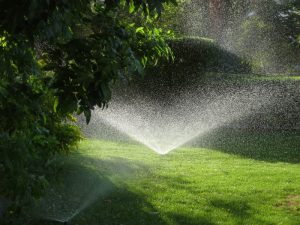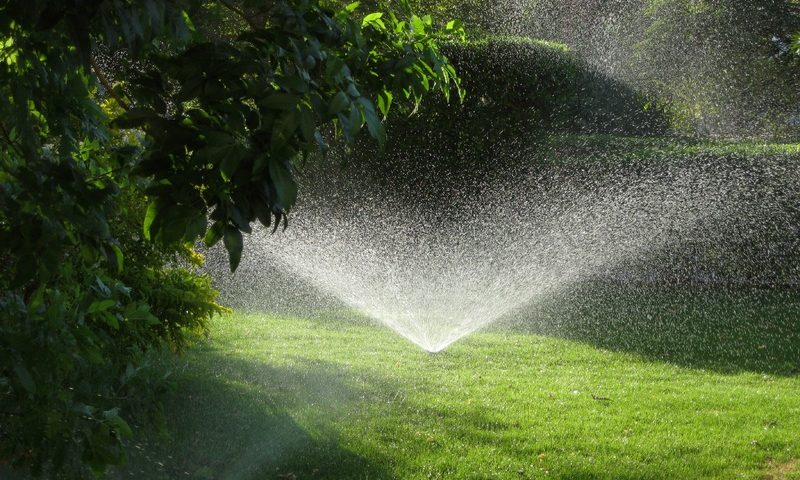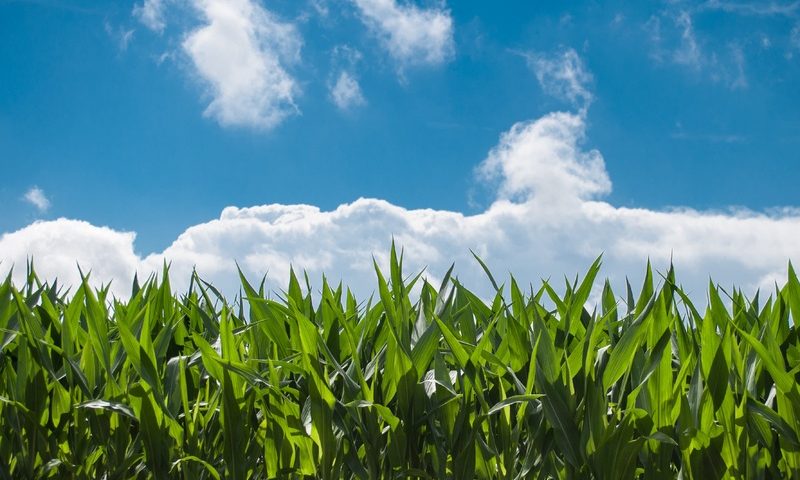
Summer in Olathe and surrounding Johnson County is hot and often dry. These conditions can wreak havoc on landscaping. From dehydrated lawns to dying plants and damaged trees, summer weather conditions can ruin the landscape you’ve worked so hard on—and invested money in.
Why Smart Irrigation Matters
Watering your lawn simply to keep it alive might seem an easy task. But determining how much water your landscape needs is more math equation than intuition: you need to know how much water your soil can absorb at a given time, how much flow your irrigation system produces, how much water is absorbed by the atmosphere, and how much it will rain.
Those are a lot of variables to worry about every week. But it’s necessary to be consistent; a lack of water results in dehydrated lawns, dead grass, and wilting or dead gardens. This isn’t just an aesthetic issue; it’s also monetary. The same is true of watering too much. The grass might be green in that case, but it won’t be healthy. Excessive watering can also lead to soil erosion, pest problems, and even foundation issues.
Why Automation Saves You Money
Installing an automatic irrigation or sprinkler system might seem like an unnecessary luxury, but it isn’t. Installing a system that makes it easier to keep your lawn and landscape properly hydrate can save money in the long run because it preserves the landscape you’ve worked so hard to create.
It can also save you time. Instead of hooking up hoses and moving sprinklers and standing at your flower bed, you could be working or spending time with family or even traveling—all while maintaining your lawn, trees, shrubs, and landscaping.
Irrigation Systems are Environmentally Friendly
Irrigation systems allow you to customize how much—and when—you water your lawn and landscape. This means you can use technology to ensure that you’re not only protecting your investment, but also the environment.
Excessive watering can lead to run-off and soil erosion. It can also waste water, which is a precious and sometimes scarce resource. By installing a newer, more precise system, you can beautifully and easily maintain your lawn and landscape and help protect our environment.
Ready to explore the idea of installing a custom irrigation system? If so, we’d love to share our expertise with you. Contact us to learn more.




